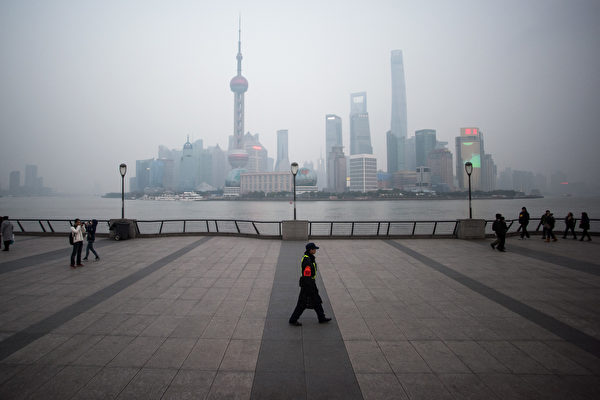The Chinese economy continues to stagnate with insufficient consumption. The latest data shows that consumer spending and investment slowed down in April, while industrial value added increased year-on-year. Experts question the discrepancy between the investment data and industrial value added data released by the Chinese Communist Party.
On May 17, data released by the National Bureau of Statistics of China showed that the total retail sales of consumer goods in April reached 3.5699 trillion yuan, a year-on-year increase of 2.3%, which was 0.8 percentage points lower than the growth rate in the previous month (3.1%). This data is a key indicator of consumption performance.
The growth rate of total retail sales of consumer goods in April was lower than the 4.0% increase expected by economists surveyed by The Wall Street Journal.
From January to April, urban fixed-asset investment reached 14.3401 trillion yuan, an increase of 4.2% year-on-year, which was 0.3 percentage points lower than the growth rate in the first three months (4.5%), and also fell short of the expected 4.7% increase by economists.
By sector, infrastructure investment increased by 6.0% annually, manufacturing investment increased by 9.7%, while real estate development investment decreased by 9.8%. The national sales area of newly constructed commercial housing was 292.52 million square meters, a year-on-year decrease of 20.2%; the sales value of new commercial housing was 2.8067 trillion yuan, a decrease of 28.3%.
The Bureau of Statistics acknowledges that there is insufficient domestic demand, enterprises are under greater operating pressure, and there are more risks and hidden dangers. The domestic circulation is not smooth enough, and the foundation of economic recovery needs to be strengthened.
The Bureau of Statistics also announced that industrial value added in April increased by 6.7% year-on-year, higher than the 4.5% growth in March. From January to April, industrial value added of designated industries increased by 6.3% year-on-year, higher than the 6.1% growth rate in the first quarter.
However, experts are doubtful of the investment data and industrial value added data released by the Chinese Communist Party.
Previously, data released by the Bureau of Statistics on April 16 stated that from January to March, fixed-asset investment increased by 4.5% and industrial value added of designated industries increased by 6.1% year-on-year, raising doubts among the public.
Wang Guochen, a research assistant at the Institute of Chinese Economics, analyzed that an investment growth of 4.5% should not be able to generate a production capacity growth of 6.1%. He pointed out that not all investments necessarily lead to profits or output, as some might involve equipment purchases or funding for non-production aspects.
In other words, “Investing 4.5 units to create 6.1 units of industrial capacity is apparently inconsistent with China’s past experiences. Beijing has always had extensive problems, meaning that despite substantial investments, the actual output may not be as high.”
“Therefore, the problem of assets not matching debts arises, where the money earned is insufficient to cover the invested money.” Wang Guochen said, “However, the efficiency of investments in the first quarter seems to be very high, which is different from the impression of the past 20 years, leading to doubts about the accuracy of the data.”
Applying Wang Guochen’s logic, the decrease in the growth rate of fixed-asset investment (4.2% year-on-year from January to April) while the industrial value added data increased significantly (6.3% year-on-year from January to April) further highlights the discrepancies in the data released on April 16.
Following Wang Guochen’s explanation, investing 4.2 units from January to April to generate 6.3 units of output is even more unreasonable.

